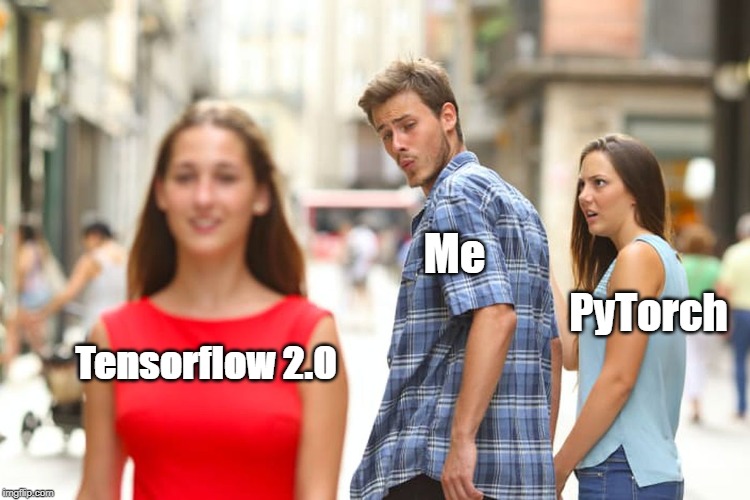This is the repo for working with nerual networks with Tensorflow 2.0 beta.
Tensorflow 2.0 is out now~
CPU only version installation:
pip install tensorflowGPU version please consult GPU Guide
dataset == MNISTdataset == cifar10dataset == titanic
| Model | Reference | Year |
|---|---|---|
| Transformer | Attention Is All You Need | 2017 |
| Model | Reference | Year |
|---|---|---|
| MPNN | Neural Message Passing for Quantum Chemistry | 2017 |
See the benchmark result on how to use the benchmark runner to train these models on criteo dataset.
- Learning rate finder - Train the model over small number of iterations with increasing learning rates. Plot the loss values against the learning rates to identify sweet spot. Reference
- Monte Carlo Dropout - Kind of TTA procedure, that averages the predictions from model with dropout activated in inference mode. Reference
